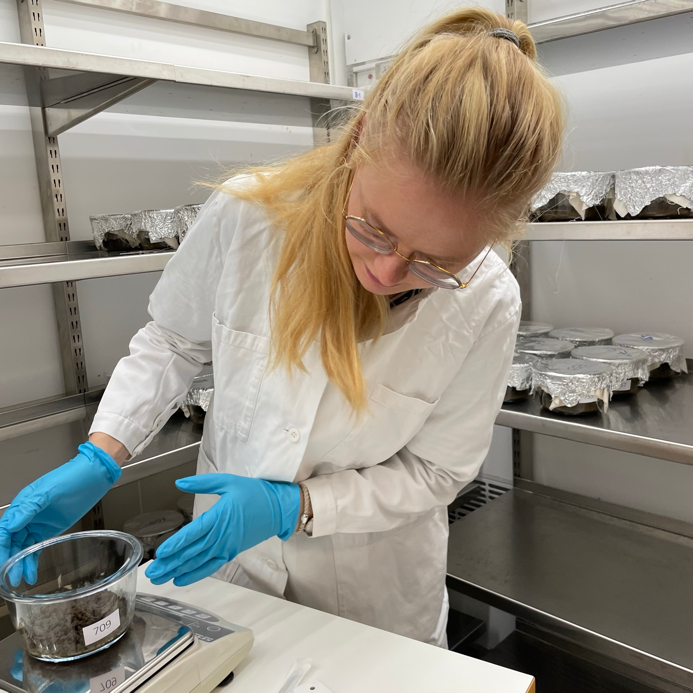Within ARISTO’s overall goal of minimising the environmental off-target effects of pesticides, the aim of this project is to assess the toxicity of pesticides on the function and diversity of ammonia oxidizing microorganisms (AOM) and nitrite oxidizing bacteria (NOB) involved in nitrification, the oxidation of ammonia via nitrite to nitrate, in soil. However, pesticide addition is not the only aspect that might influence the soil microbial community.


There is an increased awareness to consider potential interactions between multiple types of stressors, either concurrent or temporally separated, when assessing their effects on soil functioning. For that reason, we study pesticide effects also in combination with drying-rewetting cycles in the soil.
Ecotoxicity of pesticides on nitrifiers in soil under a climate change scenario (?)
Microcosm experiments were performed under controlled conditions using three pesticides and two different drought regimes on up to four arable soils. In addition, in collaboration with Anna Manukyan (ESR4), focusing on the fungal part of the soil microbial community, we are currently performing field experiments in France and Germany to test the pesticide effects under field conditions.


By quantifying and sequencing the functional genes that are involved in nitrification – bacterial and archaeal amoA for the oxidation of ammonia to nitrite as well as the Nitrospira and Nitrobacter type nxrB for the oxidation of nitrite to nitrate – we will assess effects on this subset of the soil microbial community and estimate the resistance and resilience to pesticides and drought. We combine these molecular data sets with soil parameters including pH, ammonium and nitrite content in the soil, and functional measurements of the potential ammonia oxidation to get a deeper and more holistic understanding of the nitrifying community under pesticide exposure. This in situ approach is complemented by the work of Eleftheria Bachtsevani (ESR1) who is working on the in vitro assessment of the toxicity of pesticides on AOM.